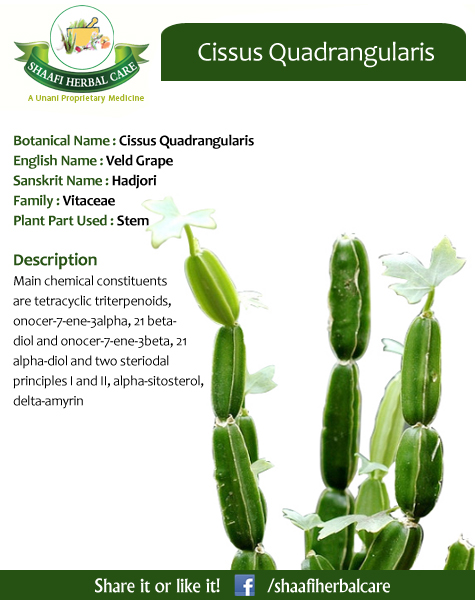
Benefits of Ashoka
- Seed powder of Ashoka with water helps to check kidney stone.
- Decoction of bark of Ashoka tree is useful in amenorrhoea, leucorrhoea and other gynaecological disorders. Use of Ashoka bark tones the musckes of uterus.
- When there is pain due to scanty menstruation, use of Ashoka’s bark gives good result.
- Overdose of Ashoka bark acts as abortifacient. I.e it aborts the foetus. In market it is adulterated with barks of some other plants like polyialathia longifoila which do not have such side effects. That is why its ill effects of overdose are not reported.
- Milk boiled with decoction of bark of Ashoka tree is useful in excessive bleeding in females.
Besides stem, bark and seeds, floers of Ashoka are alos used as medicine. Today in most of the houses people plan trees by the name of Ashoka tree. Those trees are different from the original Ashoka tree and in fact they are better known as duplicate Ashoka tree.
Description of Saraca Indica :
It occurs almost throughout India up to an altitude of 750 m, in the central and the eastern Himalayas and in the Khasi, Garo and Lushai hills A small evergreen tree. The leaves are paripinnate and the leaflets 6-12, oblong and rigidly sub-coriaceous. The flowers are orange or orange-yellow, eventually turning vermillion, very fragrant, in dense axillary corymbs; the pods, flat, leathery, the seeds, 4-8, ellipsoid-oblong and compressed.
Uses:
The bark, which is the drug, is reported to have a stimulating effect on the endometrium and ovarian tissue and is useful in menorrhagia due to uterine fibroids, in leucorrhea and in internal bleeding. It is useful in all cases of uterine bleeding where ergot is indicated.
PHYTOCHEMISTRY:
The bark contains tannin, catechol, sterol, and organic calciumcompounds.
PHARMACOLOGY:
Oxytocic activity of the plant was seen in rat and human isolateduterine preparations. Estrogen-primed or gravid uterus was more sensitive to the action of the alcoholic extract.


